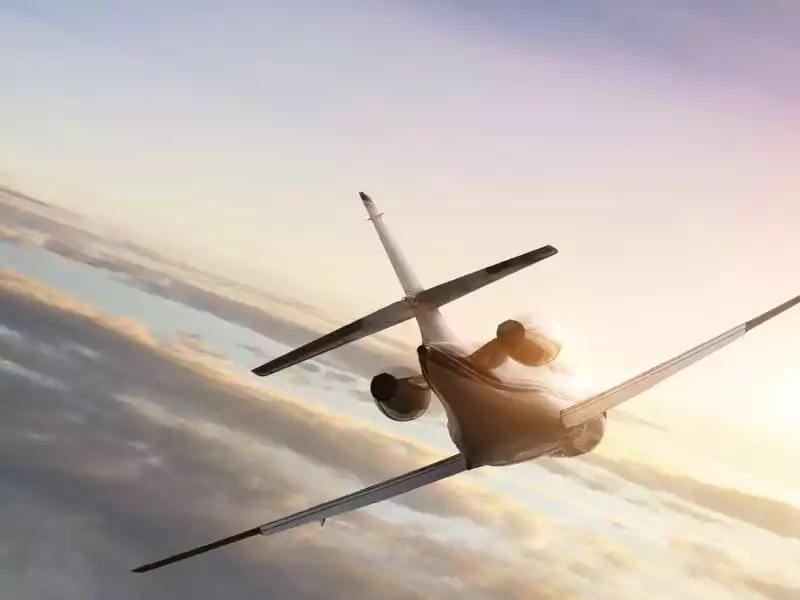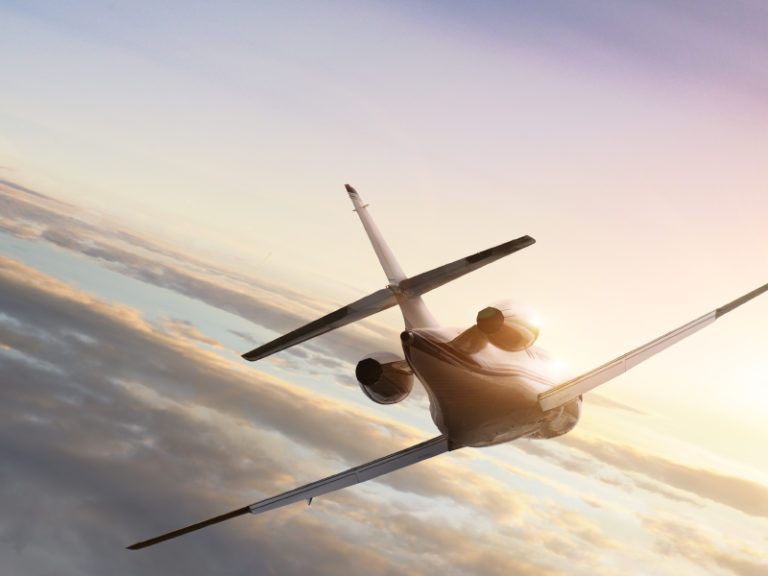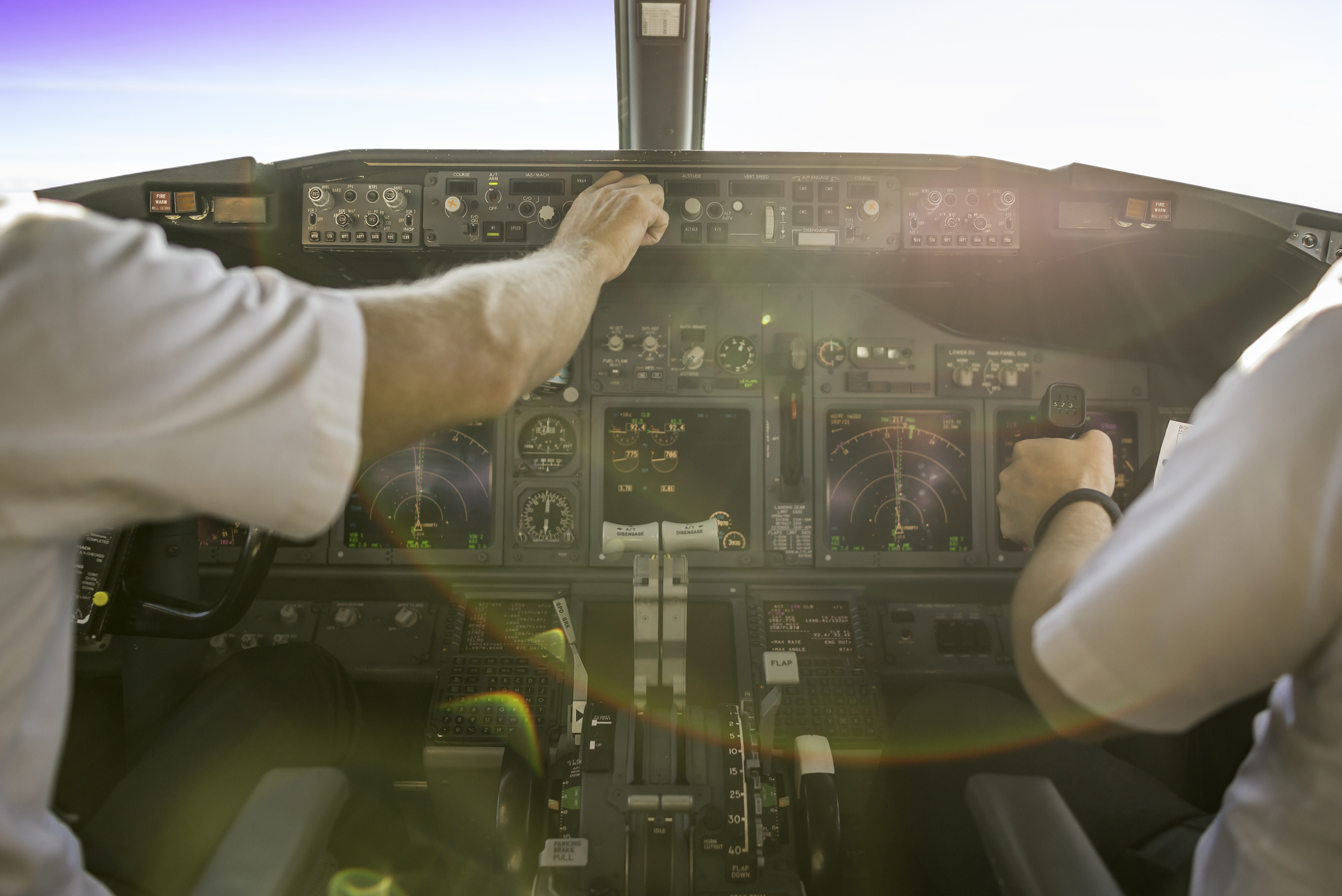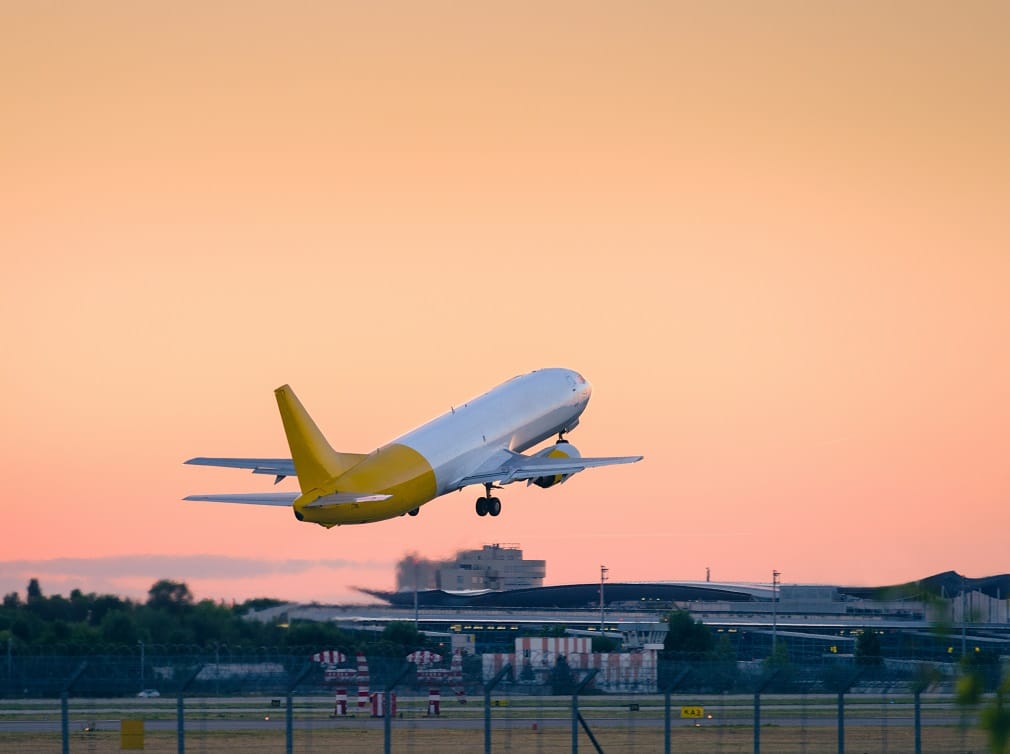While in the process of accomplishing a private certificate, pilots delve into the intricacies of aeronautics throughout ground school.
It is crucial to learn about and understand aircraft axes, specifically pitch, yaw, roll, and the basic forces imposing themselves on an aircraft, along with how to work with them, rather than against them.
Pilots who do so are safer in the skies, more guarded against emergencies, and better prepared for future and more intensive study.
Working with the aircraft axes of pitch, yaw, and roll is a task learned both in the classroom as well as in the cockpit.
What Is Pitch, Yaw, and Roll?
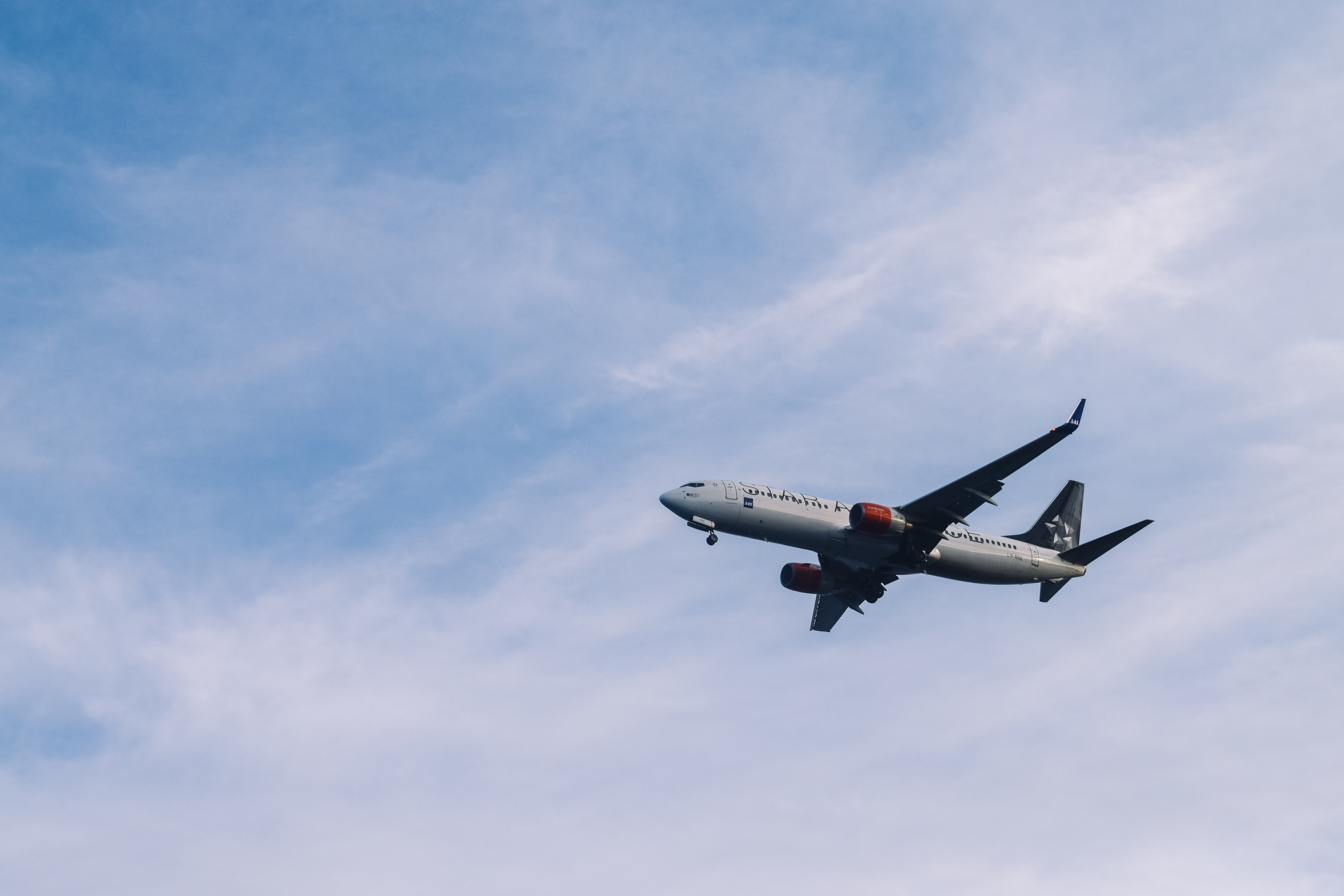
The first aspect of flight student pilots must grasp is the concept of aircraft axes: that flying an airplane is a three-dimensional task.
It is unlike driving a motor vehicle down the street or sailing a boat on the surface of water. Once an airplane is in the sky, these three dimensions affect it, and a good pilot comprehends what this means.
Gaining at least a working understanding of how pitch, yaw, and roll work can be applied to aircraft operation, no matter its shape or how large or small a plane it might be.
From the most imposing airship to the nimblest glider, these aircraft axes are at work upon every manmade object in the sky.
The Basics of Pitch
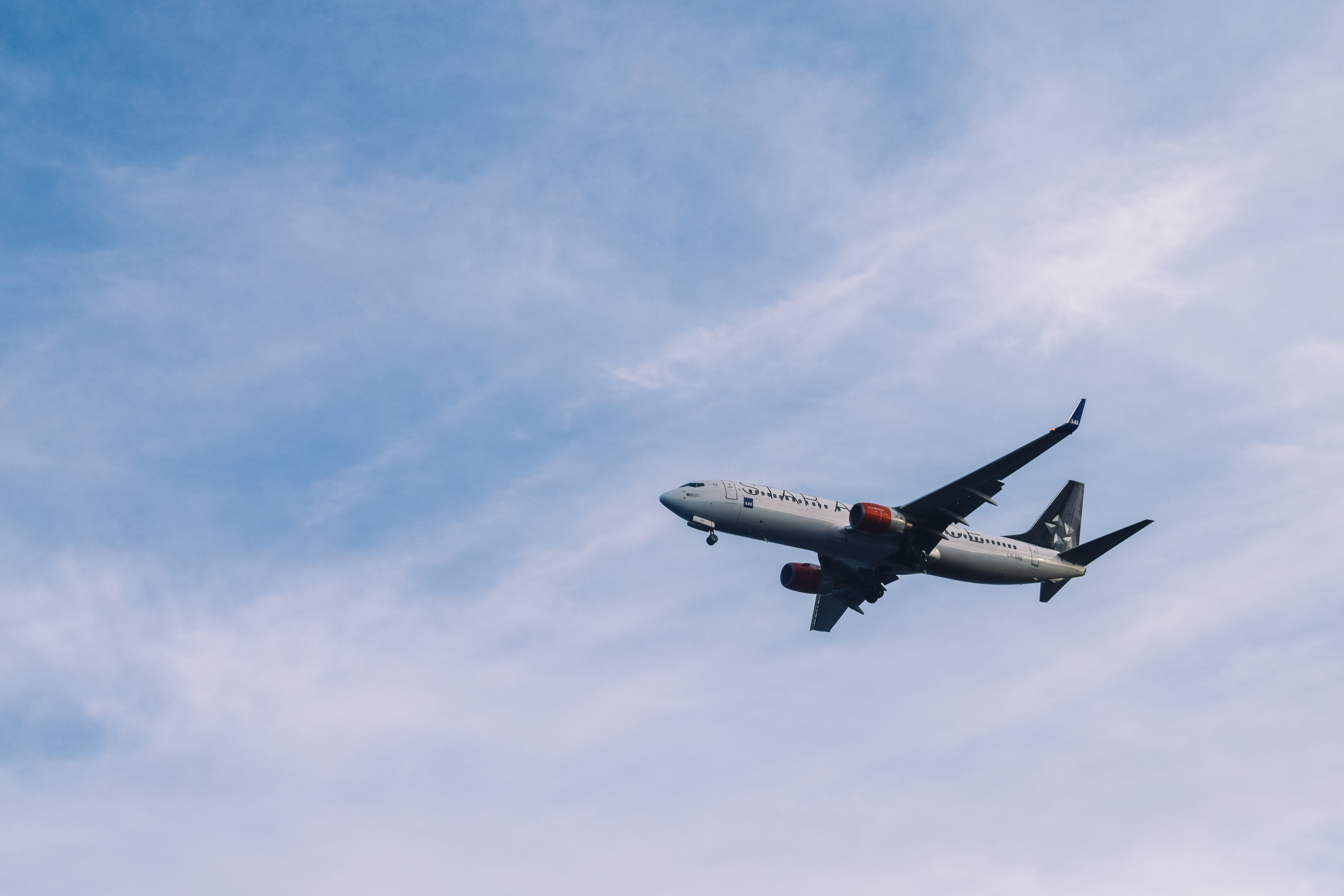
Pitch refers to the rotation of the aircraft around a side-to-side axis.
It can be thought of as the “up and down” or “nodding” motion of the airplane. Control of pitch is what most clearly differentiates operating an aircraft in the sky from any Earth-bound vehicle. This includes the act of maneuvering an airplane on the runway. The axis of the pitch lies along the wings of the airplane. No matter how long or short, swept-back or forward an airplane’s wings are, the pitch axis is always at a ninety-degree angle to the center of the aircraft. This is called pitch, also known as the lateral axis or the transverse axis.
Pilots control pitch through use of the elevator. The elevator creates lift for the aircraft. It sits on the aircraft’s horizontal stabilizer. Understanding pitch took place early in manned aviation; the first successful manned aircraft, the Wright Brother’s 1903 Wright Flyer, boasted an elevator, although it was separate from the rudder. Today, most airplanes feature a combination rudder and elevator.
When the elevators of an airplane are tilted skyward, there is more lift on the wings and less lift on the tail. Therefore, the airplane rises. The reverse happens when the pilot wishes to direct the nose of the airplane towards the ground. He or she guides the elevator downward, and lift is greater on the tail than on the wings.
A sharp or shallow angle of attack controls the amount of pitch.
The Basics of Yaw
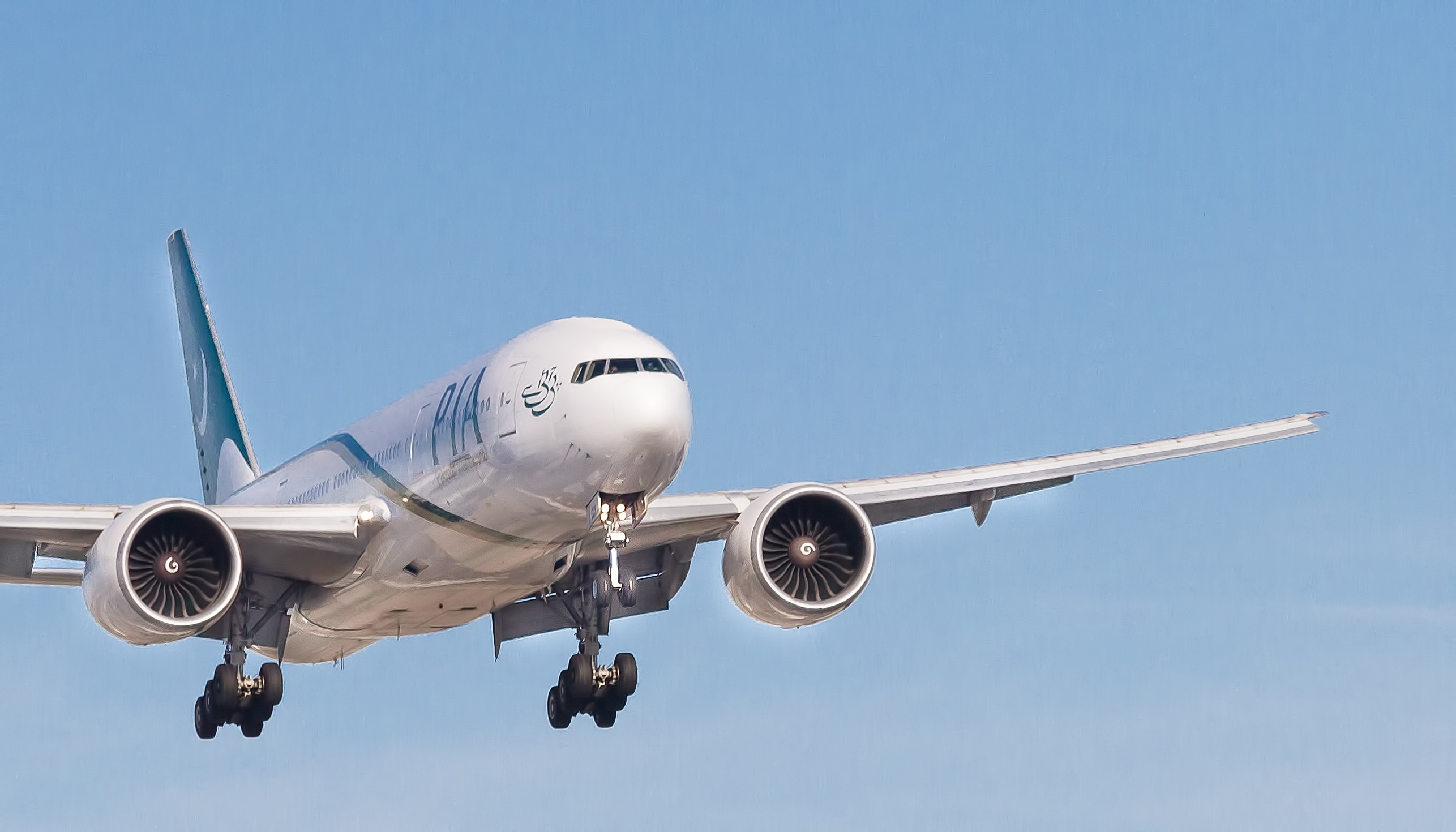
Most student pilots grasp the concept of yaw quickly, as this motion of the aircraft is most analogous to driving a car and is therefore usually more familiar.
A good description of yaw is to imagine the airplane “twisting” back and forth in the air to the right and left. Think of where the wings are placed on an airplane, and imagine a line perpendicular to them. That is the yaw axis, also called the vertical axis. The airplane rotates around this “line” to turn.
If you are having trouble visualizing this concept, think of standing on the balls of your feet and twisting or spinning your weight to the left and right.
Yaw is controlled with the rudder of the airplane. Modern aircraft rudders are located on the tail with hinges. The rudder is operated with pedals. Together with the airplane’s ailerons, the rudder pushes the tail to the right and the left to direct the airplane along this axis. On command, the rudder shifts the shape of the vertical stabilizer’s airfoil. This increases drag, and the airplane moves accordingly. Rudders, however, are not used to turn the aircraft while it is in flight. To do so might cause a stall.
It is much more efficient for a pilot to work on controlling the roll axis when it is necessary for the airplane to turn.
The Basics of Roll

Some confuse yaw with roll when studying the three aircraft axes of flight.
The difference between the two is that yaw is a “left and right” motion. Roll is better understood within the context of the wings of the aircraft. Roll is the motion of the aircraft rocking back and forth. Again, think three-dimensionally; in roll, the airplane’s wings are tilting up and down. When the left wing is tilted up, the right is necessarily pointed down, and vice versa.
Roll is controlled with the airplane’s ailerons. Ailerons, like rudders, are hinged. However, unlike the rudder, ailerons are located on each wing at the trailing edge. They work in concert with one another to bank the airplane in the direction the pilots wish to go. In place of an aileron, referred to as spoilers in large aircraft, which are located near the middle of the wing rather than the back edge to control roll.
The spoiler, by changing the wing’s shape and redirecting airflow, makes for a faster bank. (Quicker airplanes might use a combination flight control surface known as a spoiler.)
The Wright Brothers and Roll
Understanding roll is how the Wright Brothers distinguished themselves from other aviation pioneers.
Their background as bicycle engineers, hard-won mechanical aptitude, and hours of study of how birds flew as well as the results of their homemade wind tunnel, helped them to control roll. The brothers’ whole-wing system for controlling roll mimicked that of the wings of a bird and the glide of bicycle tire. They knew that to fly successfully and in a controlled manner, they needed to keep the center of the airplane stable while the wings assisted with lift. The brothers patented the wing warping system they designed for the Wright Flyer.
By figuring out how to work with this force of flight, these self-educated brothers launched the pioneering age if aviation.
Maintaining Control
The Ailerons Dictate Roll
Located on the rear edge of each wing, the ailerons move in contrasting directions – one ascends while the other descends.
This action alters the lift on each wing, causing the airplane to roll either to the left or right.
To navigate the plane, the pilot manipulates the ailerons to incline the wings towards the desired direction.
The Elevator Manages Pitch
Situated on the horizontal tail surface, the elevator’s motion, either upward or downward, influences the lift on the tail.
Consequently, this movement determines whether the airplane’s nose points upwards or downwards.
The Rudder Governs Yaw
Found on the vertical tail fin, the rudder sways from one side to another, guiding the tail either left or right.
Typically, a pilot will utilize the rudder in conjunction with the ailerons to steer the airplane.
The Importance of Aircraft Axes
Aircraft axes are essential in understanding how aircraft will fly.
Once a pilot masters pitch, yaw, and roll, they are on the road to become successful pilots.
California Aeronautical University provides aviation training throughout Southern California.
CAU provides the essentials of flight training, while also offering programs in aviation maintenance, flight dispatch, and business administration.
Interested in an aviation career? Contact us today.
Read More:
Ready to soar in your aviation career?
Mr. Matthew A. Johnston has over 23 years of experience serving various roles in education and is currently serving as the President of California Aeronautical University. He maintains memberships and is a supporting participant with several aviation promoting and advocacy associations including University Aviation Association (UAA), Regional Airline Association (RAA), AOPA, NBAA, and EAA with the Young Eagles program. He is proud of his collaboration with airlines, aviation businesses and individual aviation professionals who are working with him to develop California Aeronautical University as a leader in educating aviation professionals.
